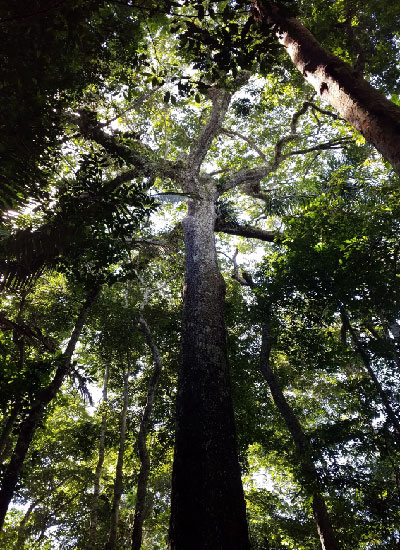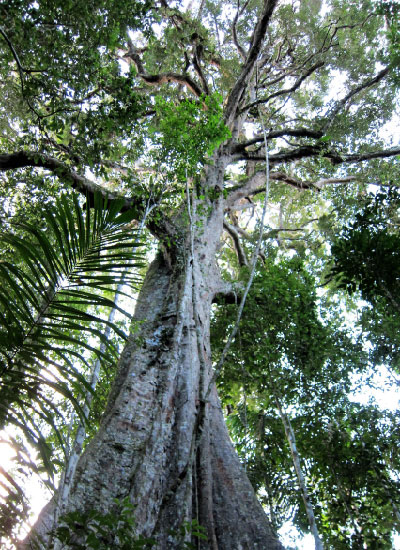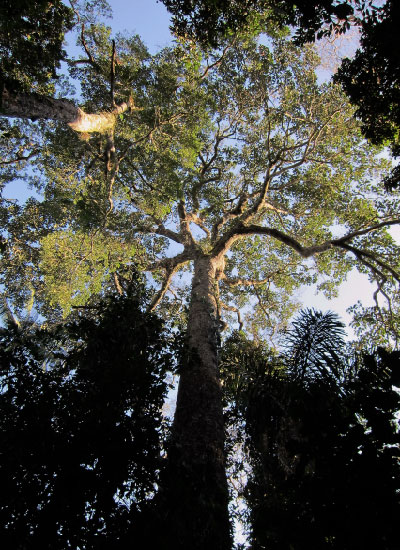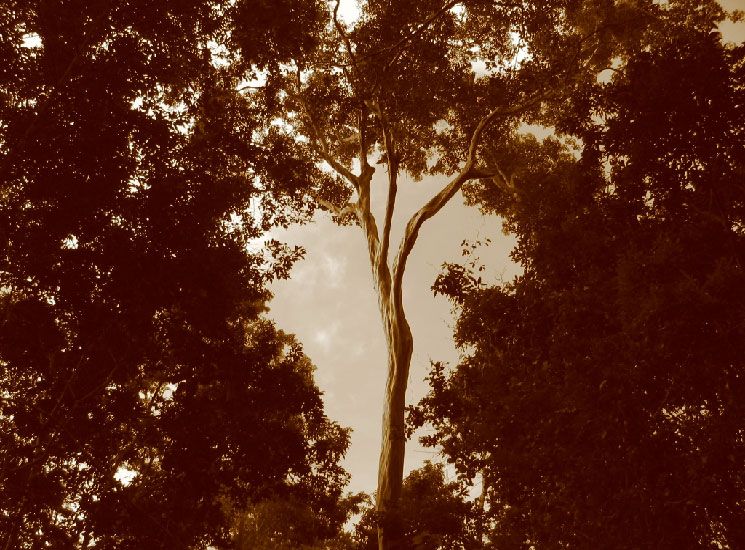Mention the words "Charismatic megaflora" to the layperson, and it is likely that the first creatures that spring to their minds are jaguars, caimans, giant river otters, spider monkeys, or scarlet macaws….large, colorful, striking animals, some easily sighted and others far more elusive. Other folk might associate the rainforest with the ubiquitous "bugs" that it teems with – hundreds of thousands of species of myriad forms and adaptations, with a sizeable fraction still unknown to science and waiting to be discovered.
But to me (and others of a more botanically inclined ilk), the Amazon rainforest is defined by its charismatic megaflora: the trees that form its canopy and the very basis of the ecosystem, allowing for the existence of the staggering diversity of other life forms.




Charismatic megaflora of Tambopata: From top to bottom - Ceiba pentandra (Kapok tree), Bertholettia excelsa (Brazil nut tree), Sloanea obtusifolia, Buchenavia grandis, and her beauteous buttresses. (Photos: Varun Swamy)
From studying their ecology and life cycles over the past 14 years, I have developed a deep appreciation for the sheer aesthetic appeal of rainforest trees. The combination of massive trunks, majestic crowns, and the near-ubiquitous presence of large and statuesque buttresses gives them an aura associated with monumental works of architecture, with Nature playing the inspired architect. It is both humbling and awe-inspiring to realize that these colossal behemoths that tower more than 50 meters above the forest floor and comprise thousands of kilograms of woody biomass accumulated over centuries of growth, began their lives from a tiny seed that fits in the palm of your hand!
 The sentinel-like Ceiba pentandra tree on the banks of the Tambopata River, between Refugio Amazonas and Tambopata Research Center (Photo: Varun Swamy)
The sentinel-like Ceiba pentandra tree on the banks of the Tambopata River, between Refugio Amazonas and Tambopata Research Center (Photo: Varun Swamy)
Visitors to Tambopata can look forward to craning their necks in awe and admiration at a dazzling variety of charismatic megaflora at all three of Rainforest Expeditions' lodges. Some classic examples include the lupuna or kapok tree (Ceiba pentandra) with its perfectly umbrella-shaped crown that spans more than 30 meters - the granddaddy of them all is on a trail at Posada Amazonas; the shihuahuaco (Dipteryx micrantha) trees with their distinct orange-red bark at Tambopata Research Center that provide critically important nesting sites for harpy eagles and macaws, and the emblematic brazil nut trees (Bertholettia excelsa) at Refugio Amazonas, whose nuts are sustainably and profitably harvested across the region.

A gorgeous Calicophyllum spruceanum tree - a member of the Rubiaceae (coffee) family (Photo: Varun Swamy)
With the Aerobotany project launched last year as part of the Wired Amazon initiative, we have taken a "top-down" approach to study the biological rhythms of charismatic megaflora, using microcopter drones and harnessing the power of citizen scientists across the world.
 Aerobotany in action on the canopy tower at Refugio Amazonas, with visitors about to get their "dronie" shot!
Aerobotany in action on the canopy tower at Refugio Amazonas, with visitors about to get their "dronie" shot!
(Photo: Daniel Couceiro for Wired Amazon)
Visitors to Refugio Amazonas now get to experience a unique birds-eye perspective of the rainforest canopy in addition to gazing up at them from the ground and leave with a newfound appreciation for the charismatic megaflora that are the heart and soul of these amazing rainforest ecosystems.